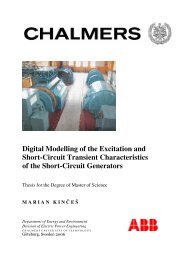Modeling and Simulation of Vehicular Power Systems - webfiles its ...
Modeling and Simulation of Vehicular Power Systems - webfiles its ...
Modeling and Simulation of Vehicular Power Systems - webfiles its ...
Create successful ePaper yourself
Turn your PDF publications into a flip-book with our unique Google optimized e-Paper software.
AbstractRegarding limitation <strong>of</strong> fossil fuels <strong>and</strong> the high consumption rate <strong>of</strong> this energy fortransportation, inclination <strong>of</strong> vehicle industry toward other sources <strong>of</strong> energy isinevitable. Electric vehicles <strong>and</strong> hybrid vehicles could be a good solution. Thanks to thestate <strong>of</strong> art electric motors, power electronics, embedded power train controller, energystorage systems like batteries <strong>and</strong> ultra capacitors, the performance <strong>of</strong> the vehicle couldbecome more <strong>and</strong> more energy efficient. Since the integrating <strong>of</strong> all these components ina drive train configuration could be a challenge for the manufacturer, computersimulation <strong>and</strong> modeling before prototyping could be really beneficial in terms <strong>of</strong> cost,safety <strong>and</strong> design performance. In this thesis some <strong>of</strong> the principles <strong>of</strong> modeling <strong>and</strong>simulation are discussed. The main components in hybrid vehicles are modeled <strong>and</strong>different methods <strong>of</strong> modeling are discussed. As battery plays a significant role in electric<strong>and</strong> hybrid vehicles, modeling <strong>of</strong> it is <strong>of</strong> importance. In this thesis some <strong>of</strong> the methods tomodel Lead-acid <strong>and</strong> Lithium-ion battery are introduced. Some tests in order to find theinternal parameters <strong>of</strong> the battery are explained <strong>and</strong> based on the data from the tests aLithium-ion battery is modeled in Simulink/Matlab. The dynamics <strong>of</strong> the vehicle in terms<strong>of</strong> longitudinal <strong>and</strong> lateral forces are discussed <strong>and</strong> a model representing the phenomenon<strong>of</strong> wheel slip is developed in Simulink. <strong>Modeling</strong> <strong>of</strong> engine <strong>and</strong> electric motors isexplained. Having models in Matlab/Simulink, a series hybrid drive train includingbatteries, motor, generator, vehicle dynamics <strong>and</strong> control system is simulated. Given thedata from the test data from a series hybrid bus manufactured by the New FlyerCompany, the performance <strong>of</strong> the vehicle in terms <strong>of</strong> fuel economy, acceleration <strong>and</strong>maximum cruise speed is analyzed. The behavior <strong>of</strong> different components is alsodiscussed. Finally, comparing the simulation results with test data, it is shown thatmodeling <strong>and</strong> simulation could be really helpful in design process. The battery model wasverified with measurements <strong>and</strong> is proved to have a good accuracy.iv


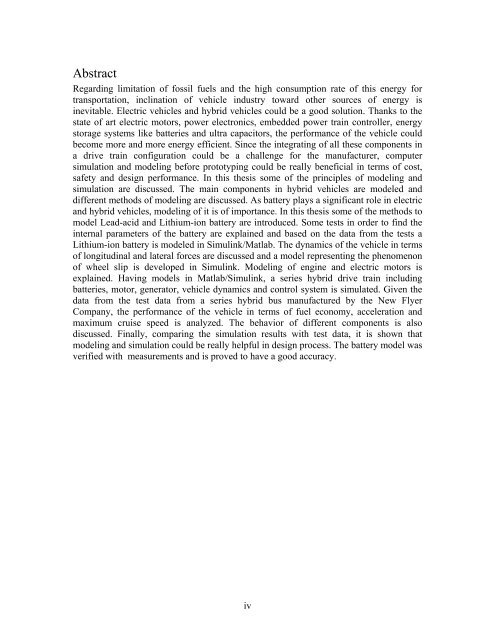
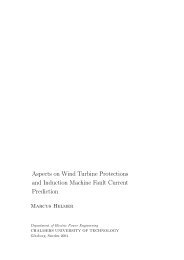
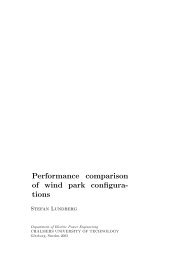
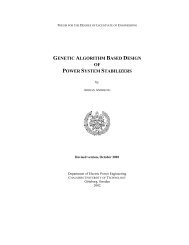

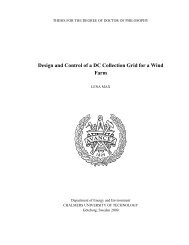

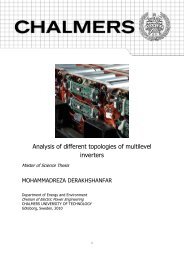

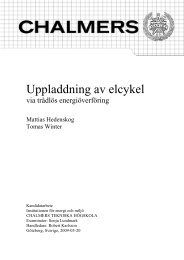
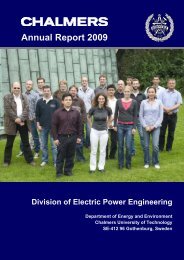
![LAPLACE OPERATOR.ppt [Lecture seule]](https://img.yumpu.com/42909900/1/190x135/laplace-operatorppt-lecture-seule.jpg?quality=85)

